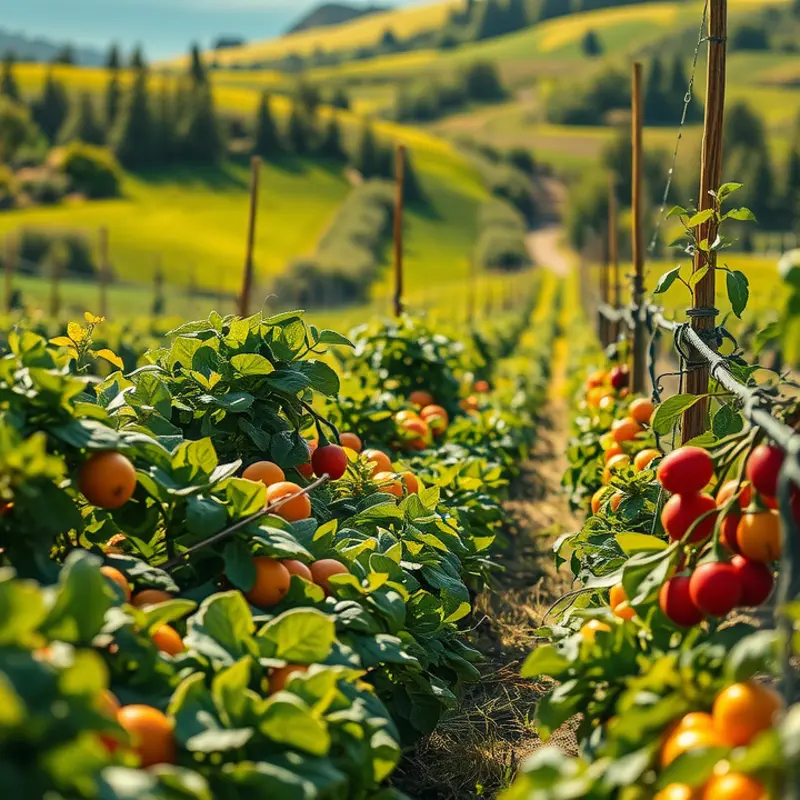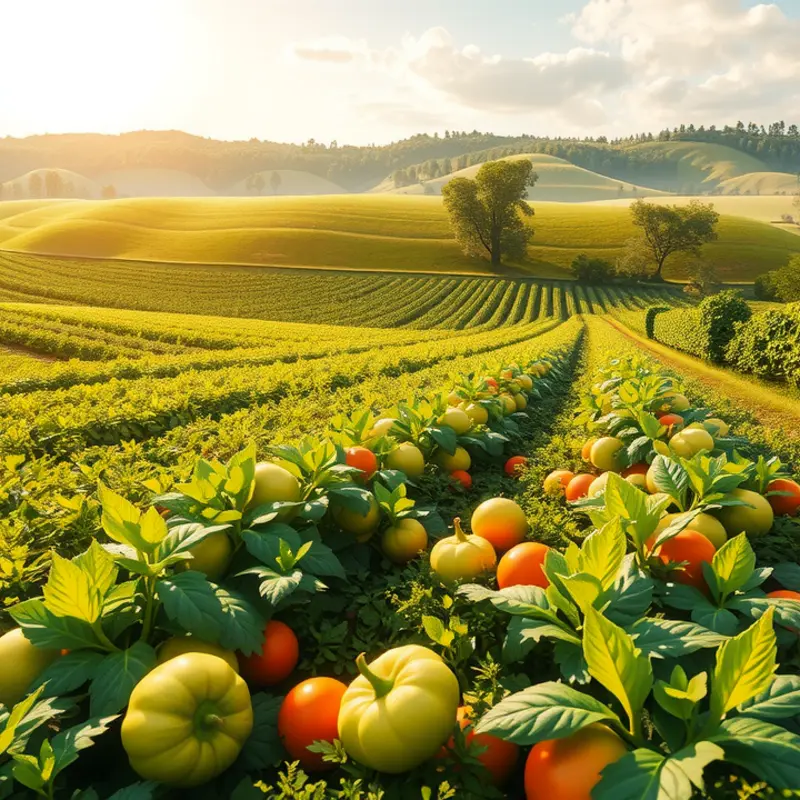Achieving that delightful crispy texture at home may seem challenging, but with the right techniques and tips, anyone can do it. From fried foods to roasted vegetables, the crispiness enhances flavors and elevates meals. Here, we will explore methods to achieve that coveted crunch, providing clear instructions and practical advice for home cooks of all levels. Let’s dive into the world of crispy cooking!
Essential Techniques for Crispy Success

Achieving the ultimate crispy texture is a fine art that revolves around mastering a few core techniques. These foundational methods offer a roadmap to elevating your homemade dishes from decent to delightfully crispy. Let’s dive into the essential techniques that ensure your creations are crisp perfection.
The Art of Drying
Before embracing the frying pan or oven, removal of excess moisture from your ingredients is crucial. Moisture is the archenemy of crispness, causing steam that prevents a satisfying crunch. For vegetables, pat them thoroughly with paper towels. In the case of proteins, especially chicken or fish, allowing them to air-dry in the fridge uncovered for a few hours can work wonders.
Mastering Oil Temperature
Achieving the perfect crispy texture is often about nailing the right oil temperature. Temperature is everything when frying. Too low, and your food will absorb oil, becoming greasy instead of crispy. Too high, and the exterior burns before the inside cooks. For best results, maintain frying oil at a consistent 350-375°F. This ensures a crispy exterior and a juicy interior. Investing in a clip-on thermometer can be a game-changer by offering accurate control over your frying process.
Coatings and Breading Techniques
The secret to an impeccable crispy outer layer often lies in the coatings. Use flour, breadcrumbs, or crushed cereal as your coating of choice. For extra crispiness, consider a two-step dredging process. Dip your items first in flour, then a buttermilk or egg wash, before coating in breadcrumbs. This method not only adheres more coating but also expands when fried, increasing crunch factor.
For those seeking healthier options, oven-baking can produce remarkably crispy results with the right coatings. Panko breadcrumbs provide a light, airy crunch that’s perfect for baking. Spraying the coated food lightly with cooking spray before baking can further enhance the texture by promoting browning.
Baking Tips for Perfect Crispness
When it comes to baking, leverage convection settings if your oven has them. The circulating air promotes even cooking and browning. Arrange food in a single layer with ample space around each piece to allow hot air to flow freely. Additionally, using a rack can let heat reach every side of the food, assisting in achieving all-over crispiness.
Remember, the right choice of coatings and understanding how to manage oil and heat are pivotal in mastering crispy creations. For more tips on handling delicate textures in cooking, check out our guide on cooking delicate foods. By integrating these simple but effective techniques into your cooking routine, your crispy dishes will never disappoint.
Cooking Methods that Enhance Crispiness

Achieving the ideal crispy texture in your dishes can transform a meal from ordinary to extraordinary. Embracing a variety of cooking methods, such as frying, baking, and air frying, offers a multitude of ways to add that satisfying crunch to your culinary creations. Each method provides unique benefits and requires specific techniques to ensure your dish achieves its full crispy potential.
Frying, for example, has long been the go-to method for crafting crispy dishes. Whether using a pan or deep-fryer, the key lies in understanding the role of temperature and oil type. High heat encourages evaporation of water in the food, creating a crisp outer layer. Choose oils with high smoke points, such as canola or vegetable oil, to avoid unwanted flavors. Placing items in the fryer only after the oil has reached the required temperature prevents soggy results. Use a thermometer to ensure accuracy.
Baking can offer a healthier alternative to frying while still providing a crispy finish. It’s essential to understand the importance of oven temperature and airflow. Convection baking is particularly effective, as it circulates hot air evenly around food, reducing moisture on its surface. Elevate items on a wire rack placed over a baking sheet to allow air to circulate beneath, encouraging even crisping. Additionally, preheating your baking sheets can give foods an initial blast of heat, promoting a golden crust.
Air frying combines the principles of convection and minimal oil usage, delivering crispiness with fewer calories. This method uses rapid air circulation to mimic the results of frying without submerging food in oil. It’s vital to not overcrowd the air fryer’s basket. Overcrowding limits airflow, resulting in unevenly cooked food. Instead, cook in batches if necessary to ensure each piece receives adequate exposure to hot air.
Timing is a critical aspect of achieving crispy results across all methods. Developing an intuition for doneness requires practice and attention. For frying, monitor the external color changes; a golden-brown hue generally indicates the right moment to remove food from the heat. Baking and air frying often require precise timing, so setting timers can help maintain consistency.
Placement within your kitchen can also impact crispiness. Fluctuations in temperature or air drafts can interfere with frying or baking processes. Situate your cooking stations away from open windows or vents to maintain stable conditions.
For more insight into perfecting your crisp cooking techniques, consider exploring efficient egg separation to create smoother, more homogeneous batters. Proper ingredient preparation can significantly affect texture, particularly in batter-heavy recipes.
Approaching each method with a clear understanding of its nuances will set the stage for crispy triumphs in your culinary adventures. As you master these techniques, your dishes will consistently boast the irresistible crunch that elevates every bite.
Final words
Achieving crispy textures is all about understanding the techniques and methods that maximize crunchiness in your dishes. Whether you’re frying, baking, or air frying, small adjustments can lead to big differences. Remember to dry your ingredients, use the right coatings, and know your cooking temperatures. With practice and a bit of patience, you can elevate your cooking and delight friends and family with perfectly crispy creations that leave everyone craving more.







